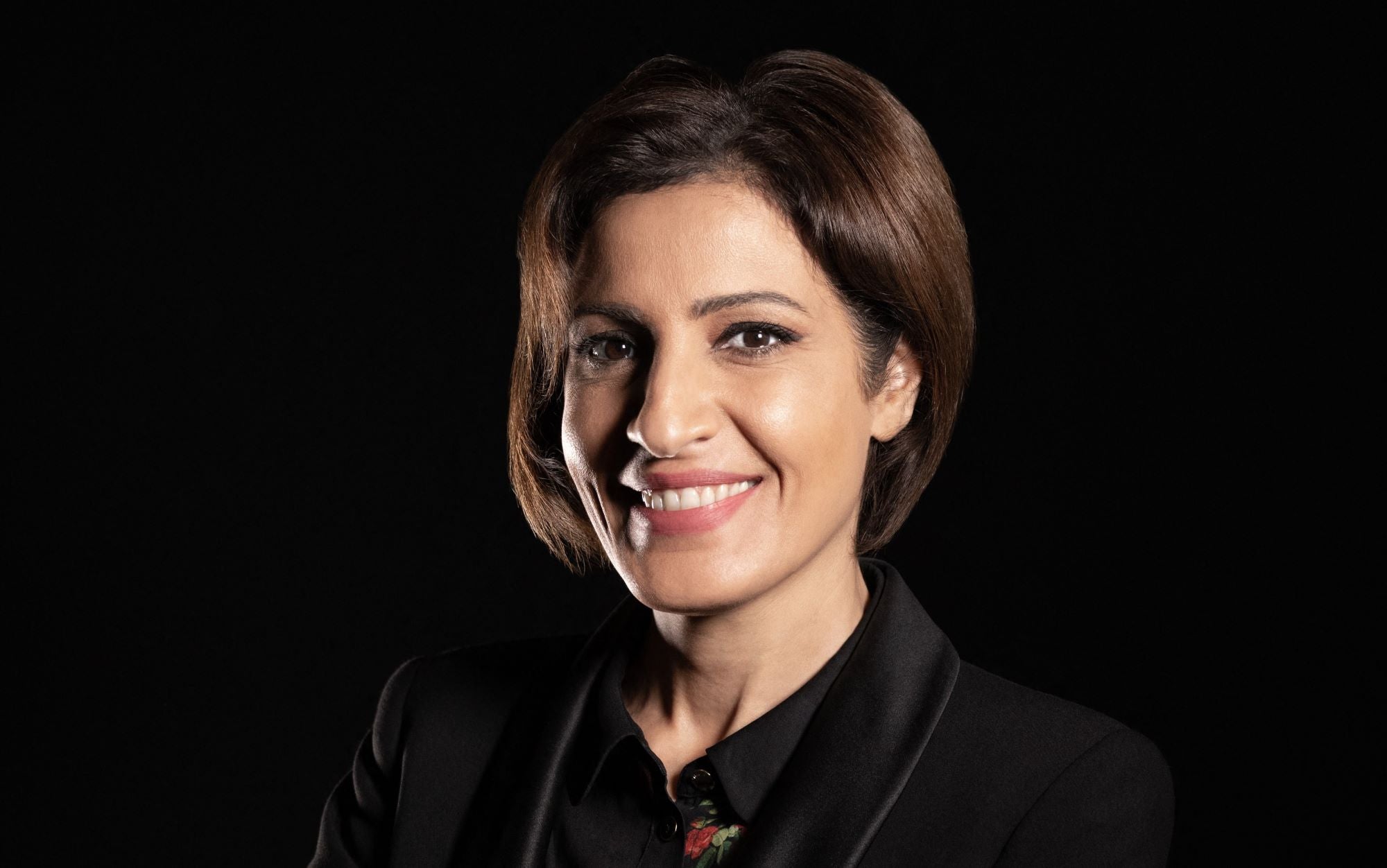Take Five interview: “More work needs to be done on the ground to meet the specific needs of women and girls”
Date:
Tamara Elzein is the first woman Secretary-General of the National Council for Scientific Research of Lebanon (CNRS-L). She also held the role of President of the United Nations Educational, Scientific and Cultural Organization (UNESCO) Science Commission at its 42nd General Conference in November 2023. As a pioneering leader, she is trying to ensure the integration of environment and gender equality in the complex humanitarian emergency unfolding across Lebanon.

How does it feel to have held two key positions never before occupied by a woman in Lebanon?
Being appointed in these roles is, in a way, a recognition and appreciation of my career and capabilities. To me, as a woman, I see this as a big responsibility, given that it is the first time that a woman occupies the seat of the CNRS-L.
I have faced multilayered challenges since taking on this role. The public sector has been going through a major crisis; science and scientific research are not considered priorities during crises; and a third layer is that as a woman, I bear an extra responsibility, because unfortunately a good part of society tends to blame all women for one woman’s failures or shortcomings.
What does your role with the CNRS-L entail and how has this changed amid the current hostilities?
When I first joined, my priorities were human resources, budgeting and financing – challenges that all public institutions have been facing. We also looked at how we could attract young talent and new expertise.
With the start of the conflict, as a scientist, we shifted a big part of our efforts to assess the damage resulting from the hostilities in a methodological and scientific way. I believe that Lebanon needs to document violations scientifically to be able to present objective facts that cannot be disputed to relevant authorities.
Amid the crisis, we set up in 2024 a new centre specializing in natural hazards and early warning. We also sought to provide the various ministries, authorities and stakeholders who will later be involved in the reconstruction and rehabilitation with a comprehensive direction on which to build future recovery plans.
The hostilities along the Blue Line and more recently the wider conflict have caused a high number of deaths, injuries and displacements, but what about the damages to agriculture, land and ecosystems?
Our work up until October 1 st was to monitor and record the type of bombing/shelling that took place and pinpoint it on the map so we could then link it to the recorded damage to agriculture, land and ecosystems. This monitoring is essential as it should allow appropriate recovery plans.
We had recorded 8570 Israeli attacks on Lebanon from 8 Oct 2023 to 01 Oct 2024. Of these, 7842 were in the form of bombing and airstrikes, 248 were phosphorus attacks, and 256 used incendiary/flare bombs. The use of phosphorus ammunition near civilian residential areas is illegal according to international law.
These attacks have led to the burning of more than 19 million square meters of land in South Lebanon; more than 1,223 hectares of forests; and more than 120 hectares of olive trees, 100 hectares of fruit trees (citrus, bananas, various fruits), etc. Recovery plans will need to take into account all this damage that has affected farmers and their livelihoods, both directly and indirectly, as well as the Lebanese economy.
Are the response efforts in South Lebanon considering the specific needs of women and girls?
When it comes to the humanitarian response, we know how limited the Government’s resources are, so there has been a lot of reliance on international organizations. Noteworthy is UN Women’s project with displaced women, providing them with alternative agricultural land and helping them cope while providing them with a source of income. Unfortunately, humanitarian support remains basic and since not many [people] are in collective shelters, no broad projects have been implemented there.
As of the 1st of October, we had estimated that there were more than 1 million people displaced, 53 per cent of them women.
I do believe more work needs to be done on the ground to meet the specific needs of women and girls. For example, at the level of women working in farming, I’ve called not only for training for women to become better farmers, but also to teach them how to deal with terrain that has been damaged by phosphorus bombings and rehabilitate land that has been abandoned for almost a year now with smart irrigation and fertilization. This way, the time that women spend away from home can become a time during which they learn new skills and ways to work the land. However, with the recent intensification of the Israeli attacks over Lebanon, the priority has now shifted to the direct humanitarian response.
What advice would you give women in leadership roles, including in science and research?
There is this stereotype that men are somehow biologically superior in the field of science. This creates lots of hesitation for women, preventing them from entering scientific fields. The more we involve women in society, the more women will be involved in science.
When it comes to leadership positions, there is no clear guidance for gender quotas or taking gender representation into account in nominations, appointments or hiring.
Women also need encouragement, since many restrict themselves from reaching higher and doubt their potential. We need to shed light on women in leadership and on their achievements. Otherwise, other women will not be inspired or encouraged to follow in their footsteps